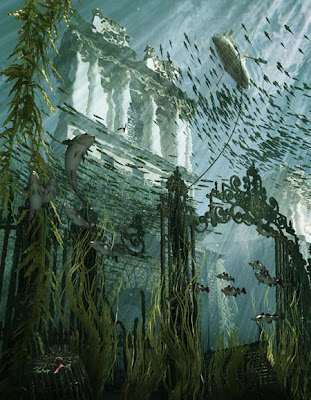The Han River (Namhangang 남한) fourth largest in Korea is a politically charged entity that connects the North to the South. It is a vast space that seperates Seoul in two. Nearing an average of 900m in width at the city centre. Its charactor is such that the ratio between max and min amounts of flow (river regime) is extremely high resulting in a consistant water level with drastic tides changing the rivers state. I would like to use The River Thames as a comparison on a number of levels. Firstly the river regime for the Han is 1:390 and for the Thames is 1:8 a clear difference in the flow ratio. In London this can be seen with the vast change in water level and beachy outcrops of the river bed revealed at low tide. Secondly the Han River is no longer used actively for navigation, this lack of use is a symbol of the political tensions between the North and South. This is due to the estuary's location on the border with the North, thus the fear of attack via the water way creates a landscape where civilians are barred from entering. This is a sad situation and I look forward to seeing exactly how the river is present in the psyche of Seoul's' citizens.
Seoul fears the river for its connection to the North, I would like to see whether this vulnerability changes the way the water is used at the urban edge condition. The River Han is a feared piece of territory, in 1986 there was 'water panic' where South Korea feared that the North would attack Seoul by releasing a flood from a North Korean up-stream Dam.
The kilometre wide entity allows the metropolis to breathe. A quick study looking at river infrastructure and activity for both rivers reveals the obvious potential the river Han has. It could play a major role and provide so much in Seoul's civic life. The mapping exercise below looks at an activity comparison with the Thames, the black elements illustrate river based activity or infrastructure. An on going question that I would like to tackle is how a place can strengthen its relationship with key contextual entities? such as rivers and oceans. London here acts as a good example with its leisure, flood defenses, and industries.











